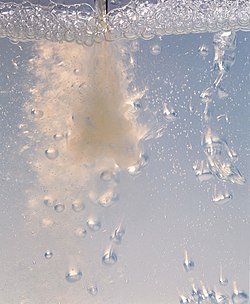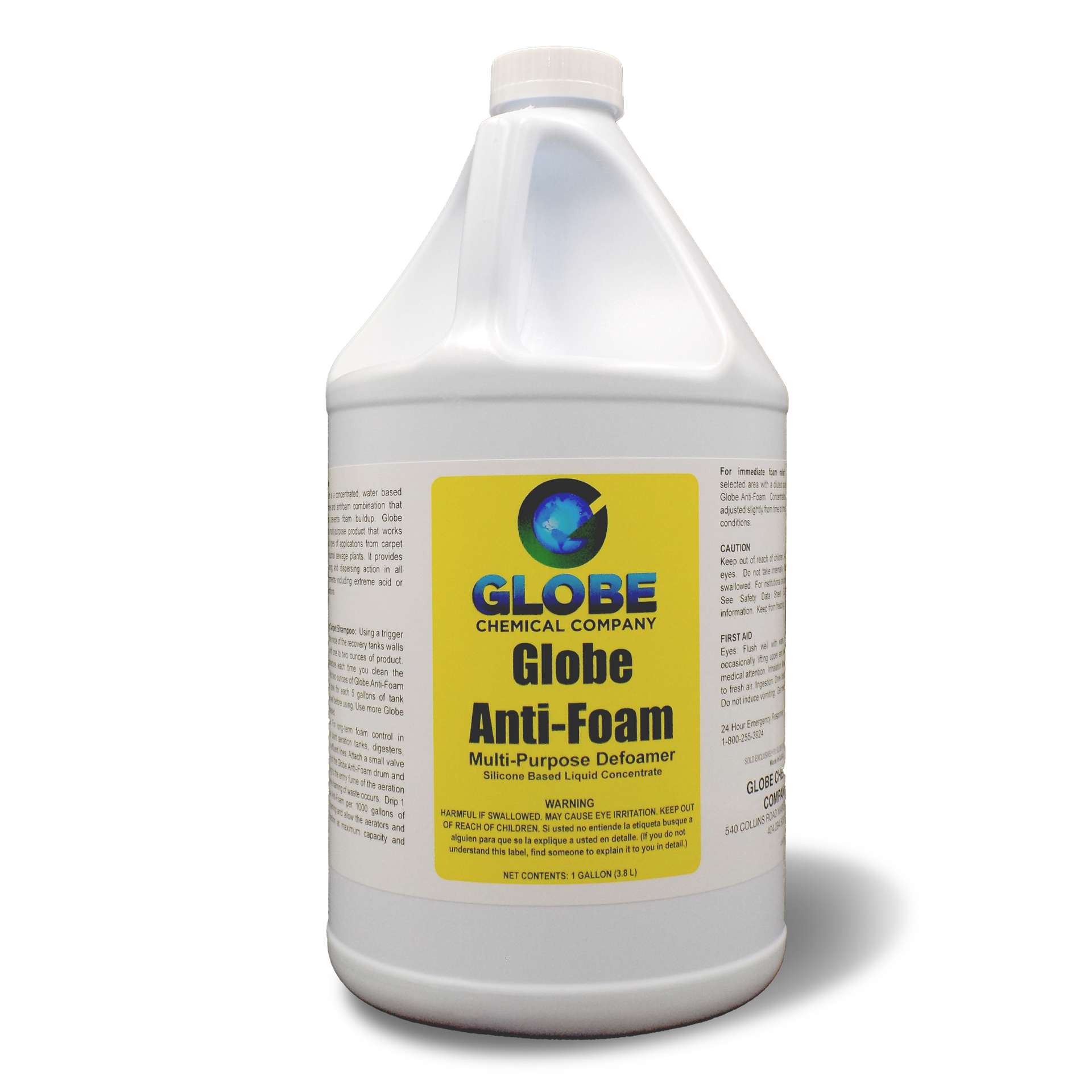Why Choosing a Premium Chemical Defoamer Matters for Your Operations
Why Choosing a Premium Chemical Defoamer Matters for Your Operations
Blog Article
The Value of Using a Chemical Defoamer in Various Applications
The application of chemical defoamers is a vital factor to consider across numerous sectors, consisting of food processing, wastewater treatment, and drugs. These agents play a pivotal role in mitigating foam formation, which can impede effectiveness and compromise item top quality. The advantages of using defoamers expand beyond mere aesthetics; they are critical for attaining compliance with sector standards and boosting functional procedures. Nonetheless, the systems whereby defoamers operate and their specific applications raise additionally questions concerning their overall impact and effectiveness in these diverse contexts. What understandings can be revealed about their use?
Recognizing Foam Formation
Foam development is a complicated physical phenomenon that takes place when gas bubbles are entraped within a fluid matrix, leading to the production of a steady structure. This procedure can be influenced by numerous variables, consisting of the viscosity of the fluid, the surface area stress at the gas-liquid user interface, and the visibility of surfactants. Surfactants reduced the surface area tension, promoting bubble production and stablizing, which commonly brings about the formation of foam in several commercial processes.
Foams are commonly experienced in applications such as food production, wastewater therapy, and chemical production. In these contexts, foam can act as an insulator, disrupt blending procedures, or prevent the effectiveness of equipment. The stability of foam is figured out by the equilibrium in between the pressures acting to support the bubbles and those that advertise their collapse.
Understanding the technicians of foam development is vital for successfully handling its existence in numerous systems. By understanding the underlying concepts, sectors can design approaches to minimize undesirable foaming, therefore boosting functional effectiveness and item quality. This foundational understanding functions as a precursor to exploring the energy of chemical defoamers, which particularly deal with foam-related challenges in countless applications.
Advantages of Chemical Defoamers
Chemical defoamers supply significant benefits across different industries by properly managing and minimizing foam formation. By lessening foam, chemical defoamers help keep ideal manufacturing rates and decrease downtime linked with foam management.
In addition, chemical defoamers add to enhanced product high quality. Foaming often brings about variances in formulations, which can adversely influence the end product. By controlling foam degrees, defoamers make sure uniformity, therefore improving the general high quality of the result.
Cost-effectiveness is an additional remarkable advantage (Chemical Defoamer). By decreasing the amount of raw products needed for manufacturing and decreasing waste, chemical defoamers can result in substantial savings. Additionally, they frequently enable lowered power usage, as procedures can run a lot more efficiently and need less treatment.
Applications in Food Handling
In the food handling industry, effective management of foam is vital to make certain both item high quality and functional efficiency. Foam can interfere with numerous procedures, from blending and blending to packaging, website here resulting in reduced yields and potential contamination. Chemical defoamers play an important role in alleviating these concerns by quickly damaging down foam, permitting smoother procedures and boosted product consistency.
In applications such as dairy products handling, defoamers avoid excess foam formation during the manufacturing of milk, yogurt, and cheese, which can disrupt equipment and impact the texture of the end product. In developing and fermentation procedures, foam control is important to maintain the stability of the drink and ensure optimum fermentation rates.
In addition, chemical defoamers are used in food sauces, emulsions, and dressings to boost the security and look of the final products. By lessening foam throughout production, manufacturers can accomplish much better blending and dispersion of components, leading to premium high quality. Overall, the unification of chemical defoamers in food handling is vital for maintaining performance, high quality, and security in food production.
Role in Wastewater Therapy
Effective foam administration is equally vital in wastewater treatment processes, where too much foam can hinder procedures and complicate the therapy of effluents. In many wastewater treatment facilities, foam can form as a result of organic activity, surfactants, or various other organic products present in the influent. This foam can bring about a variety of operational difficulties, consisting of reduced therapy efficiency, enhanced maintenance needs, and potential governing compliance concerns.
Chemical defoamers play a vital role in alleviating these challenges. By minimizing the surface area tension of the liquid, defoamers promote the collapse of foam frameworks, therefore promoting smoother procedure of tools such as oygenation containers and clarifiers. Their prompt application assists keep optimal hydraulic conditions, boosting the general efficiency of solids separation processes.

Effect On Drug Production
Foam control is important in pharmaceutical manufacturing, where the existence of too much foam can interrupt making processes and compromise product high quality (Chemical Defoamer). The development Find Out More of foam during various stages, such as blending, blending, and fermentation, can cause ineffective mixing, insufficient heat transfer, and even equipment damages. These problems not just lead to functional hold-ups yet can likewise create considerable financial losses and influence compliance with stringent regulatory requirements
Chemical defoamers are specifically created to alleviate these challenges. By successfully lowering foam development, they enhance process efficiency and keep the honesty of the end product. Particularly, defoamers ensure constant dose forms, enhance the security of suspensions and solutions, and enhance cleansing procedures by preventing foam accumulation in equipment.
In addition, using defoamers can maximize the yield of energetic pharmaceutical components (APIs) by advertising better extraction and filtration processes. As pharmaceutical companies make every effort to improve product quality while lessening production prices, the function of chemical defoamers ends up being increasingly important - Chemical Defoamer. Their consolidation right into manufacturing methods not just supports conformity with Great Manufacturing Practices (GMP) yet additionally cultivates technology and competition in a quickly developing industry

Conclusion

Chemical defoamers provide substantial advantages across various sectors by properly lowering and managing foam formation. By reducing foam, chemical defoamers aid maintain optimum manufacturing rates and lower downtime associated with foam administration. Chemical defoamers play a vital duty in mitigating these issues by swiftly damaging down foam, enabling for smoother operations and enhanced product uniformity.
Efficient foam monitoring is equally important in wastewater treatment procedures, where too much foam can impede operations and make complex the treatment of effluents.Foam control is essential in pharmaceutical manufacturing, where the existence of excessive foam can disrupt producing procedures and compromise item high quality.
Report this page